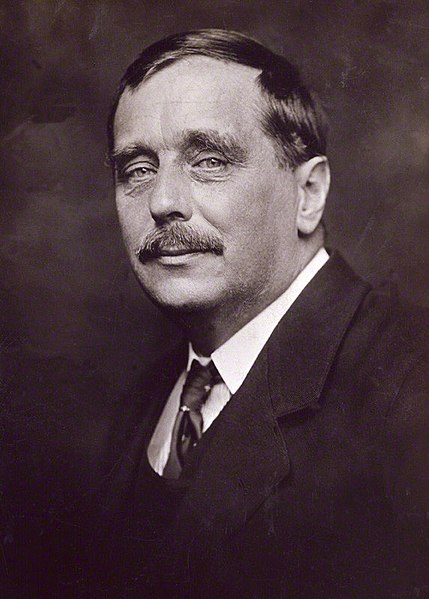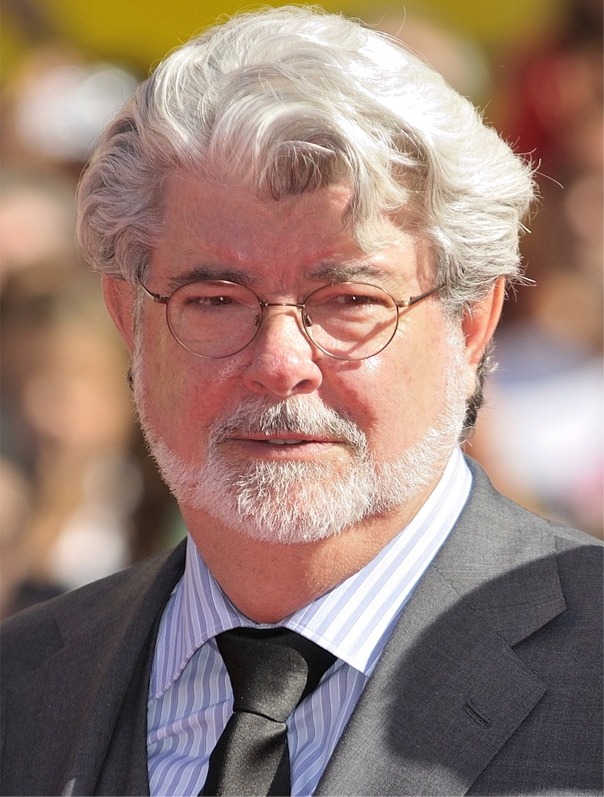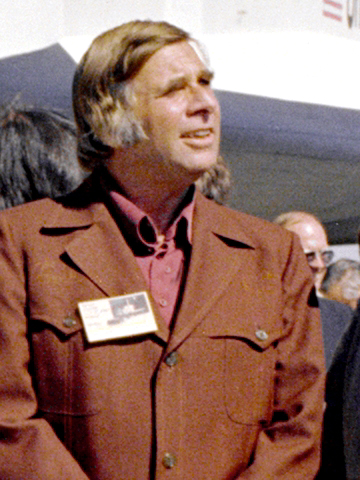Thinking up new ideas and theories before technology can support them requires imagination, vision, and an open mind. This article explores how visionary science fiction writers lays the groundwork for technological inventions long before the required technology exists.
The science fiction genre has been called the “literature of ideas”. While humans have always speculated about futuristic technology, the science fiction genre would not have been the same without Herbert George Wells, more commonly known as H.G Wells.
Wells wrote several popular and influential novels and stories during the end of the 1800s and the first half of the 1900s. While he wrote across the spectrum of genres and topics, he is often referred to as the father of science fiction with works covering topics such as space travel, time travel and biological engineering. He started his Science fiction career with the launch of his book The Time Machine that popularised time travel and coined the term time machine.

Another highly influential author is George Lucas. He created the epic space opera Star Wars, a film franchise familiar to most. The first film was released in 1977 and quickly become a worldwide pop culture phenomenon that has brought space travel, space combat, space ships and robots into every corner of the earth. The franchise has made George Lucas one of the most successful filmmakers ever and his films are often used as an accessible introduction to real scientific concepts

Star Wars have many commonalities with the television series Star Trek, another science fiction universe set in space. Star Trek was created by Gene Roddenberry and first premiered in 1966. While the series had a slow and troublesome start, the franchise eventually led him to a star in the Science Fiction and Fantasy Hall of Fame. Star Trek has inspired so many scientific theories and devices that Chip Walter wrote a full book on the topic titled I’m Working on That: A Trek From Science Fiction To Science Fact (Star Trek).

The trio thought up smartwatches and smartphones, video conferencing, robots, sliding doors, and AI. These technologies were all seen in science fiction long before their real-life counterparts.
Some of these ideas were far-fetched fantasy at the time of writing but everyday items today. In contrast, other ideas such as warping of space-time or intergalactic travel as made mainstream by both Star Trek and Star Wars are still fiction, or at least for now. Researchers are working around the clock to solve this puzzle, and many of them are inspired by science fiction.
For example, a team of researchers working on theories for intergalactic travel through the folding of space-time attributed the 1965 science fiction novel Dune by Frank Herbert as their main inspiration for their research. While we are a long time away from being able to control space-time, the scientific groundwork is being laid and was sparked by something as simple as an idea in a fiction book.
Other ideas from science fiction have never seen the light because the ideas are just so wacky and strange that they do not make practical sense, or modern technology is miles ahead of what an author once imagined.
For example, in H.G Wells book The War of the Worlds, written at the end of the 1800s, he imagined a Martian invasion in crude cylindrical spacecraft shot out from Mars with canon-like devices. When the Martians finally arrive at the earth, they spend days welding and altering their spacecraft to make them walk and move.

Just the fact that the Martians have to manually modify the spacecraft during a military invasion seems far-fetched in our fast-paced robotic world, not to mention that the static trajectory from Mars would make the rockets miss earth altogether.
To Wells’s credit, he did have other ideas in the book that have materialized on better or worse. For example, chemical weapons used by the Martians to kills humans during their invasion became an unfortunate reality during the second world war.
His imagination of space crafts and multipurpose devices did not materialize. Still, it might have inspired individuals to pursue rockets and space travel, or maybe the gigantic walking vehicles inspired people to automate the need for Martian operators?
Thanks to tremendous advances in computing power and new AI techniques over the last decade, AI is now responsible for everything from showing you ads and fixing up your photos to driving your car and assisting the human conquest of Mars. through autonomous robots.
While AI is more and more an integral part of our life here on earth and beyond, the limitations of AI are still vast. Seemingly intelligent, individual AI is relatively stupid. It requires enormous computing power, energy and lacks mental flexibility to adapt to a wide range of tasks.
Despite this, many ideas that were first seen in science fiction movies such as Star Wars are now a reality. For example, in the Star Wars films, robots or droids are an integral part of life from everything from utilities to human companionship and assistance with mundane and advanced tasks.

We now have robot vacuum cleaners, digital assistants, and even cooking robots slowly making their way into our homes. Indeed, we even have robots dedicated to keeping you with company both emotionally and physically.
Most people have digital assistants such as Alexa or Siri that can do practical tasks such as turning on and off lights, starting the robot vacuum and setting alarms. Not to mention giving you a weather forecast, where the forecast itself is most likely AI-driven.
Companion and utility robots are quickly becoming part of our present reality, and while some of these robots and digital assistants might seem novel, they are still the first step towards an integrated robotic assistant we have seen in countless science fiction works. For example in the Iron Man movies, where we get to know J.A.R.V.I.S. Tony Starks do it all digital assistant with a fleet of supplementary robots that assist Tony Stark in every way imaginable.
We had simple robot vacuums back in 2008 when the first Iron Man movie was launched, but we did not have usable digital voice assistants or the scale of user adoption of robots we see one and a half-decade later.
The technology at the time was simply not up for it until we had a deep learning breakthrough in 2009 by Abdel-rahman Mohamed, George Dahl, and Geoffrey Hinton that used a new deep learning-based technique for speech recognition.
Their approach opened the door for more intelligent voice assistants, and Hinton has in many ways been responsible for the breakthroughs we have seen in the last decade within the AI and robot space.
Science fiction is not about getting the future right, but about creating a somewhat plausible future and plausible enough to plant seeds and inspire people to invent the actual technology.
Today, contemporary science fiction writers continue to spark inspiration for researchers, practitioners, and generations to come to make the next leap in technology. When you see something that seems somewhat possible in science fiction, it will likely become a reality at some point in the future, and the future can be nearer than you think.
Auto Amazon Links: No products found.










One response to “How Science Fiction inspires scientists”
[…] AI and robots have been a part of science fiction since HG Well invented the genre in the 1800s. For example, Wells had robot-like devices as the centre point of his book The War of the Worlds, where Martians invade earth. […]